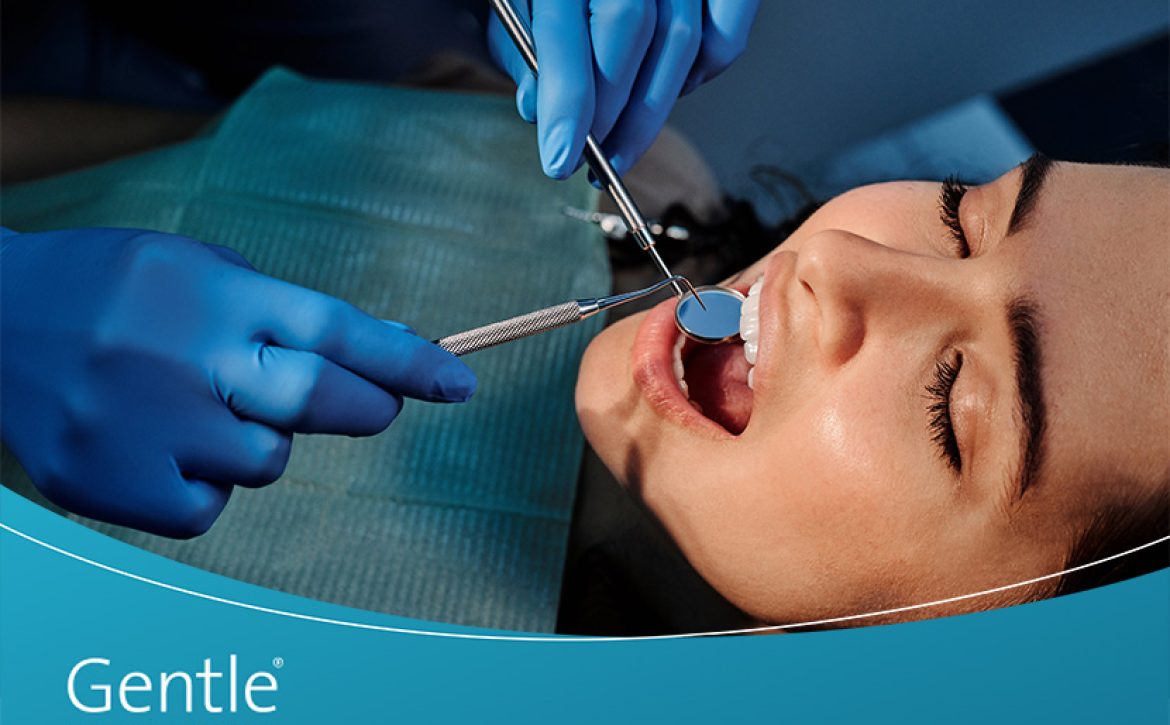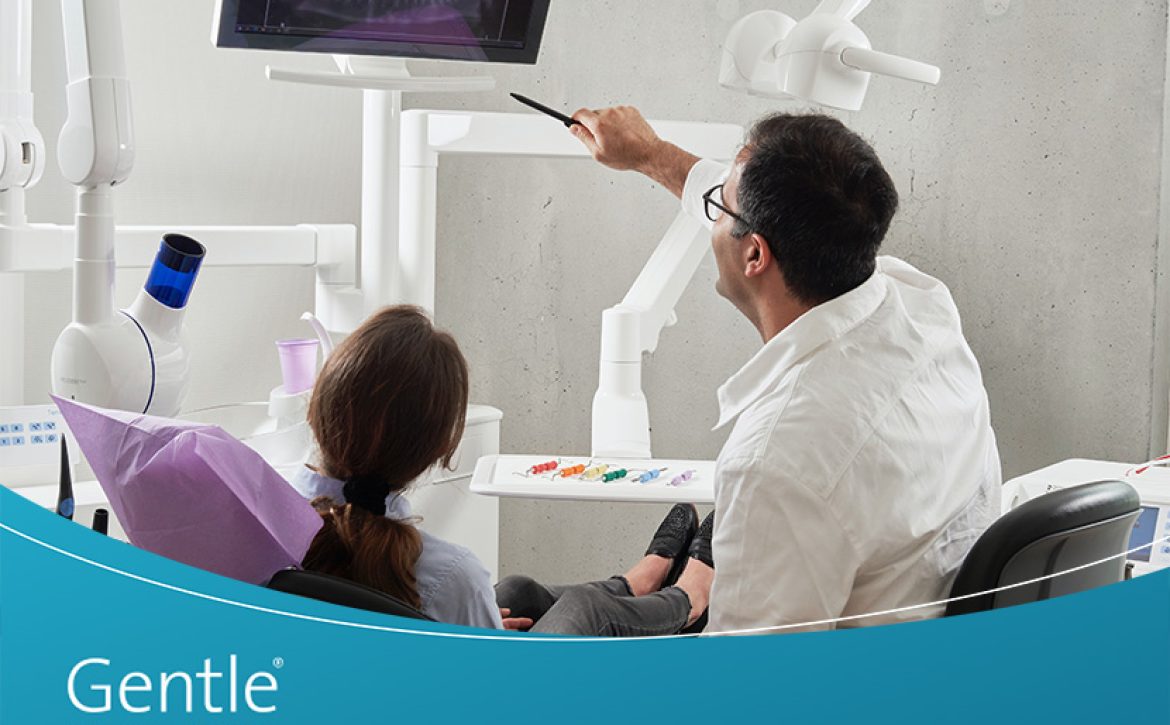Tooth Sensitivity: Is Your Toothpaste The Hidden Culprit?
Is your toothpaste hurting your teeth or gums?
There are lots of culprits when it comes to the causes of tooth sensitivity, but did you know the products you use can also make a difference? If you’ve noticed a sudden difference in your tooth or gums, your toothpaste could be part of the problem. Here’s what you should look for when choosing a toothpaste and what toothpastes you may want to avoid.
Can your toothpaste cause tooth sensitivity?
Yes, some toothpaste can cause tooth sensitivity. There are lots of toothpastes on the market designed to whiten teeth, give you fresh breath and keep your mouth plaque free. Unfortunately, not all toothpastes are as gentle on our teeth and gums as others.
What types of toothpastes contain ingredients that could hurt your teeth or gums?
Some people are more sensitive to ingredients than others. If you have sensitive teeth and gums you may want to avoid the following toothpastes or ingredients:
Whitening toothpastes
Toothpaste that includes a whitening agent can make tooth sensitivity worse. Whitening products can cause the tiny pores in our tooth enamel to become more receptive to changes in temperature or stimuli. Additionally, peroxide, which is the most common bleaching agent in whitening toothpaste, is known to irritate gum tissue.
Charcoal toothpaste
Activated charcoal is a relatively new ingredient in whitening toothpastes. Some people like it because it’s a natural alternative for most whitening toothpastes.
The activated charcoal in these toothpastes can remove surface stains, but there isn’t much evidence to show that charcoal can remove stains below the tooth enamel.
The downside of charcoal is that it is a mild abrasive and unsuitable for daily use. Most charcoal toothpastes don’t contain fluoride, which keeps tooth enamel strong. For these reasons, using charcoal toothpaste could be doing more harm than good.
Whitening toothpastes with crystals
Some people can use whitening toothpastes regularly and not have any problems. But, not all whitening toothpastes are created equal. There are newer toothpastes on the market that contain whitening crystals that can irritate your gums. These small crystals are designed to polish surface stains from the teeth. Unfortunately, these small crystals can feel a bit like brushing grit around your mouth and can easily cause gums to become inflamed. If you notice your gums look red or feel swollen or sore, stop regular use of this toothpaste.
Mint flavoured toothpaste
While there’s nothing wrong with using mint toothpaste, some people find that mint flavours give them a ‘burning’ sensation while brushing. If this happens, you may have tooth sensitivity or are just overly sensitive to mint flavour. In any case, try sticking to toothpastes in mild flavours.
What toothpastes are best for your teeth?
Everyone has their own personal preferences for the brands and products they use. When it comes to toothpastes you’ll want to use one that has the right ingredients and comes in a flavour you enjoy. Here are some things to look out for:
Flavour
There’s no real difference when it comes to choosing toothpaste based on flavour. If you have kids, it can pay to buy toothpastes in flavours that they enjoy, to encourage regular brushing.
Fluoride
Toothpaste containing fluoride help to reduce decay and will protect the enamel on your teeth. fluoride is especially important if your water supply does not have fluoride in it. The fluoride contained in toothpaste is safe and beneficial for your teeth.
Most trusted brands, such as Colgate and Macleans contain fluoride.
Red Seal toothpaste is now available with and without fluoride. Make sure you read the packaging if you want to try out a ‘natural toothpaste’ as many of these brands don’t contain any fluoride.
Sensitivity
If you have naturally sensitive teeth, you may want to try out a toothpaste designed specifically for tooth sensitivity. Sensitive toothpastes work by either blocking exposed dentine tubules or reducing how the nerve responds to stimulation. These toothpastes can be more expensive.
Whitening
Whitening toothpastes often contain ingredients that irritate our mouths and gums. If you’re interested in whitening your teeth we recommend talking to your dentist. In-practice tooth whitening is often more effective and better for your teeth than at-home whitening kits, strips or pastes.
Natural toothpaste
The major downside to natural toothpaste is that they don’t contain fluoride. For this reason, they’re not a preferred option when it comes to protecting your teeth from cavities and decay. Fluoride-free toothpastes will use natural ingredients in their pastes. As nice as this sounds, these ingredients are no substitute for the clinically proven benefits of fluoride toothpastes.
What to do if you notice changes in your tooth or gum sensitivity
If you’ve noticed sudden changes in the sensitivity of your teeth or gums, and you have recently switched to a new toothpaste, stop using it right away. If your tooth or gums don’t go back to feeling ‘normal’ within a few days book an appointment with your dentist.










